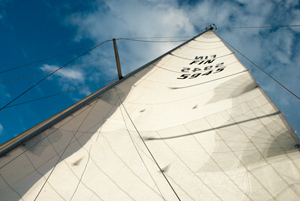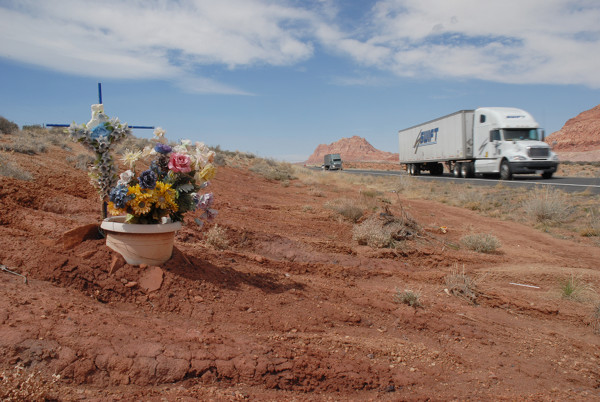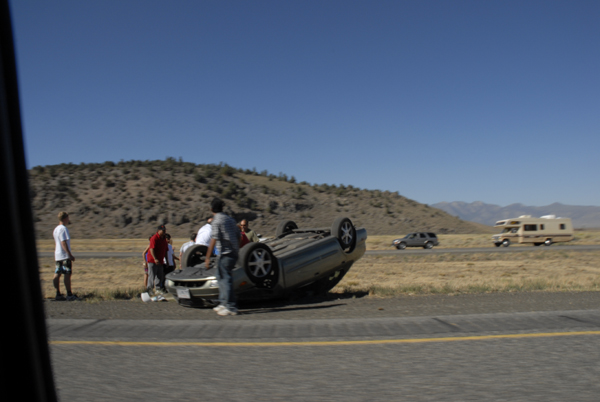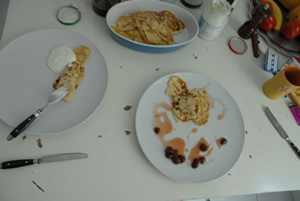David invites me to take over for him while he is away to Europe for a media festival in Kracow. He’s teaching a course in the Atlas / TAM (Technology, Art, and Media) program called “Meaning of Information Technology.”
The Meaning of Information Technology (MIT) is the introductory course for the Technology, Arts and Media (TAM) program at the ATLAS Institute. MIT provides an introduction to a range of topics in information technology, new media, and digital culture. The goal of this course is to enable you to think critically about the impact of technology on society, industry, and government. This course considers what it means to be active citizens in a networked digital age. It will consider historical case studies in past IT adoption, unintended consequences and futuristic predictions. It will examine the search for authentic information, whether in digital imagery, search engines, viral video, or sound formats; IT’s modification of our social behavior; and of our means of gathering, interacting with, displaying, and using information. We will consider who we are and who we become in social networks, online games, and in virtual worlds. Most fundamentally, the class explore the question of what it means to be human in a rapidly-changing world. This question will lead us to examining the writings of theorists, the observations of those on the “bleeding edge,” and view-points ranging from neo-Luddite to Utopian enthusiast. We will draw our own educated and thoughtful conclusions, based on a wide range of evidence, and each of you will emerge from the class with an understanding of and agency in your relationship with Information Technologies. By the end of the course, you will have acquired an awareness of the rapid expansion of new technology, and you will have begun to think critically about the implications and impacts of new technologies.
Short seminar sessions, large classes make it tough to stimulate discussion, but I think they did fine in rising to the occasion. I did put out a tremendous range of concepts in that brief time, but … Not knowing names or not knowing individuals feels like a handicap, but the ending vibe is good.
I started the second session with a single projector showing a blank BBEdit file and at the beginning of class I started typing in the file with my back to the class. I slowly generated the following text:
I thought I'd start this way, to explore the inherent separation and alienation caused by technological mediation induced or driven by techno-social systems. I have my back to you. You, as a group, are talking quietly amongst yourselves.
It's 11:01 by my clock. So, this *IS* the beginning. I have a sense of being nervous as to what our engagement will bring in the next hour, but as an open potential, we have many possibilities. The system that we exist within—at this moment in history—is such that the possibilities for face-to-face human encounter are decreasing, gradually being replaced by greater and greater levels of technological mediation. This process of mediation changes the qualities of human encounter deeply.
It's quiet now, it seems that you have focused your attention on my screen-mediated presence. I can hear the air-conditioning drone under the artificial lighting. Are you staring at me or my expression?
There are many pre-cursor 'tele-' technologies that have incrementally increased the 'distance' between humans—communications technologies are the obvious examples—but there are a wide variety of technologies which have precipitated both subtle and monumental changes in human contact: food production, reproductive and medical technologies, those involved in warfare and economics, and so on.
What ARE the effects of these changing levels of mediation? How do they affect the qualities of your lives? What technologies most affect your existence directly? Indirectly? Let's see what range of answers we can generate in the next 85 minutes and in the days following.
Silence gradually increased while I slowly composed each sentence, correcting spelling errors and such. When I was done, I turned around to kick-start what turned out to be a good discussion (although I talked far too much for my liking — as I tend to do in a time-limited situation). Last week, I had David ask them to pose five questions about the assigned text (which was the clunky Regime of Amplification text as the primary input for the week. Unfortunately the class wiki (deployed on the goingon.com platform) is not public, as I fielded and answered most of the proposed questions. They ran a stimulating and largely thoughtful gamut and did reveal some weaknesses in the text (the overall one being the density!).













